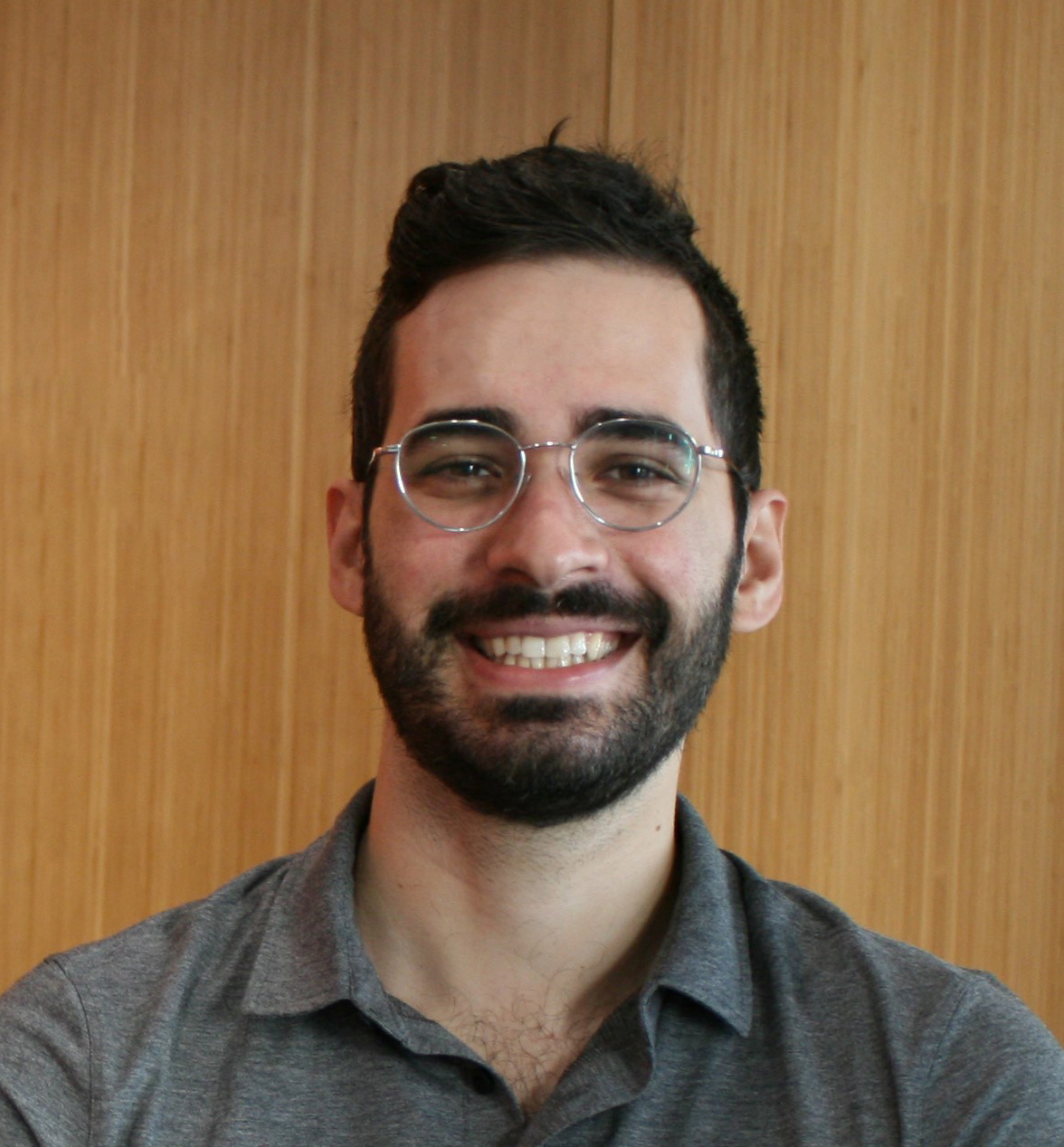Reaching new frontiers through international collaboration
Examples of research funded by the Human Frontier Science Program
October 12, 2021
The Human Frontier Science Program (HFSP) is an international collaboration that supports more than 1,100 researchers and 3,200 postdoctoral fellows who specialize in novel interdisciplinary areas of basic research in fundamental biology (including biophysics, chemistry, computational biology, computer science, engineering, mathematics, nanoscience or physics) and life sciences around the world. Based in Strasbourg, France, HFSP receives support from CIHR and the Natural Sciences and Engineering Research Council in Canada, the European Commission, and funding organizations from 13 other countries.
Two Canadian postdoctoral researchers who received HFSP long-term fellowship grants in 2021 are:
Dr. Madison Bolger-Munro

During Dr. Bolger-Munro’s PhD studies at the University of British Columbia, she examined how the immune system in mice provides protection against pathogens, such as the flu. Thanks to a HFSP postdoctoral long-term fellowship grant, she is now analyzing how a fertilized egg develops in a multi-cellular seaborne creature called the ascidian at Dr. CP Heinsenberg’s lab in Austria’s Institute of Science and Technology (IST).
Ascidians have structures similar to humans and other vertebrates (for example, their notochord is similar to a spinal cord). Dr. Bolger-Munro is investigating how individual cells in the seaborne creature’s developing embryo establish different patterns of building blocks and give rise to different structures, such as muscle tissue or the digestive system.
Cell polarity, or the unequal distribution of building blocks that make up cells, is essential for life processes. During an animal’s development, this polarity helps their bodies take shape, from head to tail and from left to right. If this cell polarity is disrupted, ascidians can experience defects and diseases.
“Studying how this system works is really powerful because it answers basic general questions regarding how cells generate and maintain different cellular structures within the context of the ascidian’s overall development,” said Dr. Bolger-Munro.
The ascidians are imported from northern France and are kept in aquariums at IST. Dr. Bolger-Munro is able to analyze how their fertilized eggs develop through use of powerful microscopes.
“Unlike humans or mice, I can watch how the ascidians’ transparent embryos develop outside of the mother once they’ve been fertilized,” said Dr. Bolger-Munro. “This allows my research to focus on how different structures within cells are established and maintained during an ascidian’s development, as well as its cellular function. By investigating these basic biological questions, I will also shed light on how these mechanisms are conserved across evolution.”
Dr. Bolger-Munro is collaborating with IST physicists, biologists, and engineers to tackle this project. This research collaboration, combined with HFSP funding, will help her reach her goal of becoming an independent researcher.
Dr. Alexander Vlahos

When he was a PhD student at the University of Toronto (U of T), Dr. Vlahos used applied sciences and engineering as a tool to fight diabetes. He successfully developed a bio artificial pancreas and implanted it under the skin of mice to regulate their blood glucose levels and monitor their basic biological level. As a student, Dr. Vlahos also gave a tour of U of T’s campus to Dr. Xiaojing Gao, a synthetic biologist and chemical engineer. They maintained contact, and Dr. Gao later invited Dr. Vlahos to do postdoctoral work at his Stanford University lab in California.
“By using synthetic biology as a tool for tissue engineering and basic biology, I wanted to focus on creating circuits within engineered cells that can both sense a pathogen and trigger the best immune responses through signals,“ said Dr. Vlahos.
Dr. Vlahos was quite thrilled to find out that he received funding to explore this research thanks to a HFSP postdoctoral long-term fellowship grant.
“I was pretty ecstatic,” he said. “HFSP reviewers really liked my project proposal, gave me that shot of financial support - and I’m quite fortunate.”
Vaccines can be difficult to develop because the immune response against infections doesn’t always last long. Dr. Vlahos is analyzing this problem with Dr. Gao, and his colleague, Dr. Mark Davis, who is a professor in the department of immunology at Stanford.
“We’re studying whether our engineered circuit cells can send effective warning signals regarding threats to the immune system of three dimensional human derived cells,” said Dr. Vlahos. “This will help us figure out what people need in order to generate the strongest immune response when vaccinated. Co-injecting the vaccine and these engineered cells may be the next step - but that’s a long way down the line.”
But these research steps can also lead to other opportunities. Thanks to the HFSP funding and this international research collaboration, Dr. Vlahos hopes to realize his career goal of becoming a professor someday.
Further reading
- CIHR and the Human Frontier Science Program
- The International Human Frontier Science Program Organization
- Date modified: